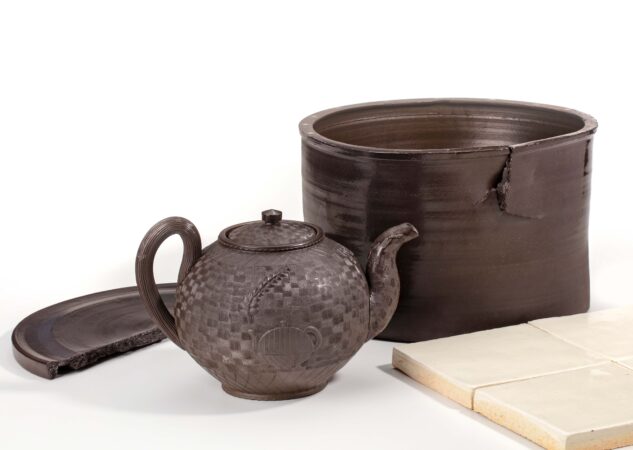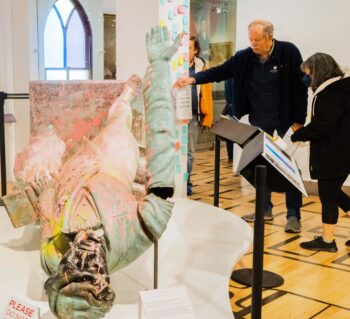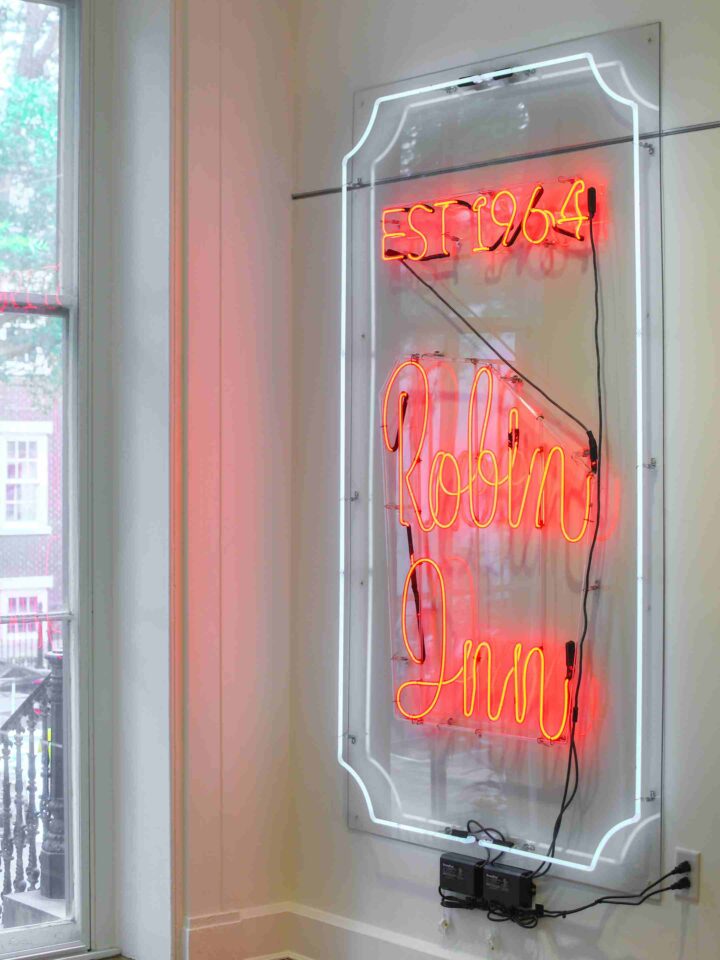
News
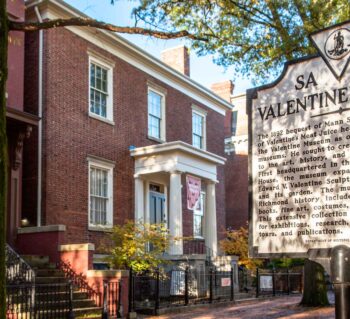
December 29, 2021
The Valentine Museum and Reclaiming the Monument Receive Historic Grant
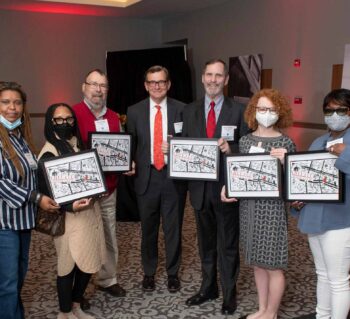
February 9, 2022
2022 Richmond History Makers Announced
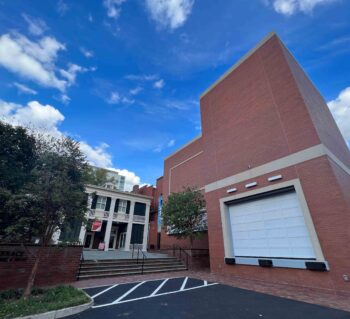
April 15, 2022
The Valentine Receives NEH Grant for Storage Upgrades
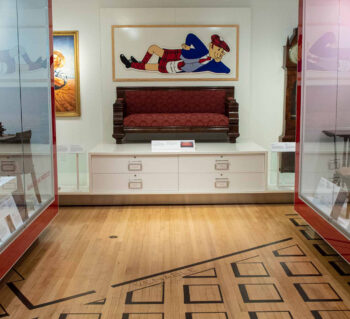
September 1, 2022
The Valentine Extends Thursday Hours with New Special Events & Tours
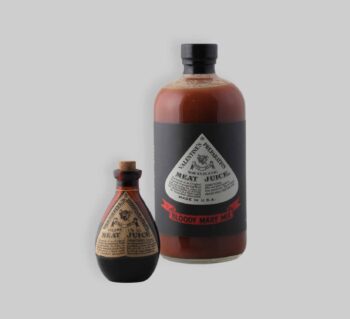
November 9, 2022
